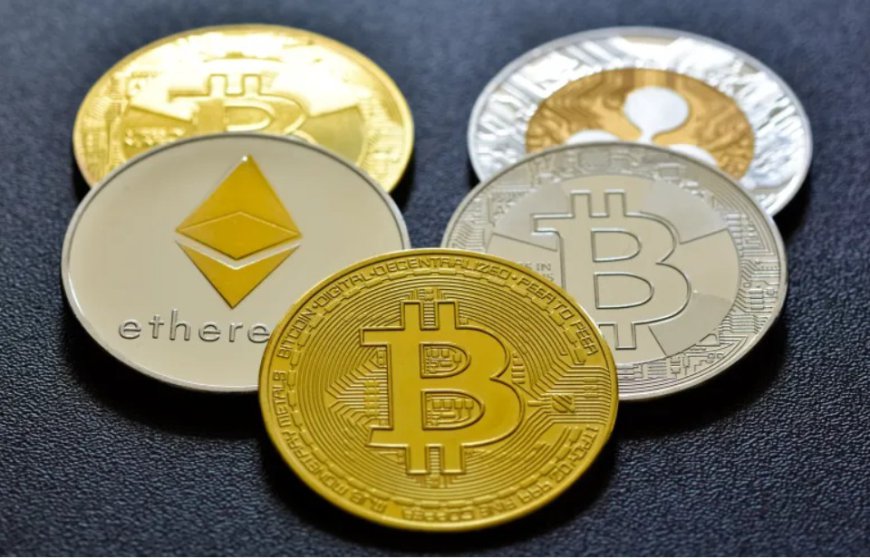Payment Methods: A Complete Guide for Online Transactions

In today’s digital world, the variety of payment methods available has increased drastically. From traditional bank transfers to digital wallets and cryptocurrencies, people now have numerous ways to conduct transactions. In this article, we’ll cover the most popular payment methods(metody płatności), how they work, their benefits, and how to choose the best one for your needs.
1. Credit and Debit Cards
- How They Work: Credit and debit cards are issued by banks and allow individuals to pay by transferring funds directly from their accounts. When you make a purchase, the payment gateway securely processes the card information.
- Benefits: Widely accepted, secure, and convenient. Many credit cards offer rewards, cashback, and fraud protection.
- Drawbacks: Processing fees can apply, especially for international transactions.
2. Bank Transfers
- How They Work: Bank transfers allow individuals to send money directly from their bank account to another account. These can be manual, automatic, or even instant transfers, depending on the banking service.
- Benefits: High security, direct transfer, suitable for large amounts.
- Drawbacks: Transfer times vary (some take days), international transactions may have fees, and they often lack buyer protection.
3. Digital Wallets (E-Wallets)
- Popular Options: PayPal, Apple Pay, Google Pay, and Samsung Pay.
- How They Work: Digital wallets store payment information securely, allowing users to make payments online without entering card details every time.
- Benefits: Convenient, fast transactions, widely accepted, and secure. Some wallets offer cashback and rewards.
- Drawbacks: Some merchants do not accept all wallets, fees may apply, and funds may take time to transfer back to a bank account.
4. Cryptocurrencies
- Popular Options: Bitcoin, Ethereum, and Litecoin.
- How They Work: Cryptocurrencies use blockchain technology to process transactions securely and anonymously.
- Benefits: Fast, borderless transactions, high security, and lower fees in some cases.
- Drawbacks: Not widely accepted, high volatility, and the risk of losing access if a private key is lost.
5. Prepaid Cards
- How They Work: Prepaid cards are loaded with funds before use. They can be physical or virtual cards that work similarly to debit cards but do not require a linked bank account.
- Benefits: Useful for budgeting, secure, and widely accepted.
- Drawbacks: Limited funds, reload fees, and less flexibility than traditional credit or debit cards.
6. Buy Now, Pay Later (BNPL) Services
- Popular Options: Afterpay, Klarna, and Affirm.
- How They Work: BNPL services allow customers to make a purchase and pay for it in installments. These services often have interest-free options.
- Benefits: Convenient, allows for budgeting, and offers interest-free payment plans.
- Drawbacks: Risk of overspending, late fees, and limited acceptance.
7. Mobile Banking Apps
- How They Work: Mobile banking apps, often provided by traditional banks, allow customers to manage accounts, pay bills, and transfer money from their phones.
- Benefits: Secure, widely accepted, and provides full control over finances.
- Drawbacks: Dependent on bank infrastructure and may have fees for certain services.
8. Cash
- How It Works: Physical currency, often used for in-person transactions.
- Benefits: Simple, universally accepted for in-person payments, no transaction fees.
- Drawbacks: Inconvenient for large amounts, risk of theft, and limited to local transactions.
Choosing the Right Payment Method
Selecting the best payment method depends on several factors:
- Convenience: Digital wallets and mobile banking apps offer high convenience for quick transactions.
- Security: Credit cards and digital wallets offer strong buyer protections.
- Transaction Speed: Cryptocurrencies and e-wallets can be faster than traditional bank transfers.
- Fees: Consider methods with low or no fees, especially for frequent or international transactions.
- Acceptance: Not all payment methods are accepted universally, so check what’s accepted where you plan to use it.
In conclusion, the right payment methods(metody płatności) balances convenience, security, and fees while meeting the specific needs of each transaction. As technology advances, more options and improvements in security make digital transactions simpler and safer than ever before.

 adminpro
adminpro